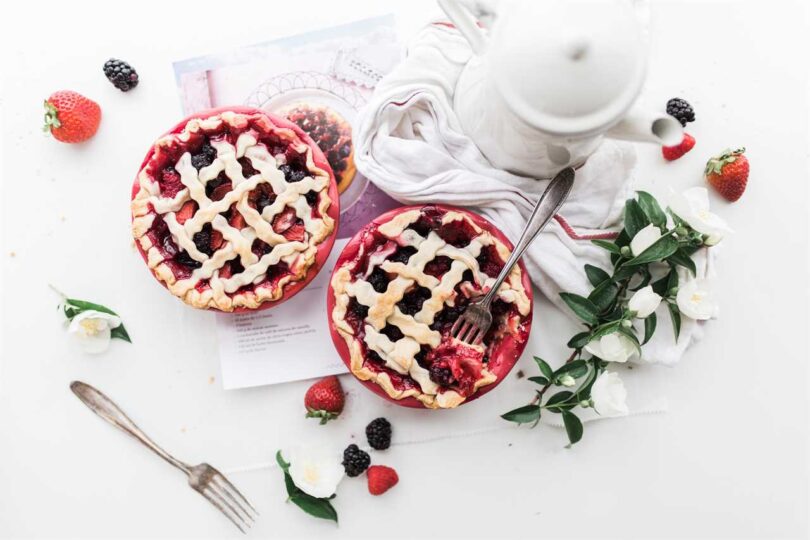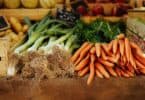Picture this: you’re standing in your kitchen, surrounded by an array of vibrant ingredients. The possibilities are endless, and your imagination is your only limit.
Intuitive cooking is all about embracing your culinary freedom, relying on your instincts, and letting your creativity soar. No more strict recipes or tedious measurements. It’s time to trust your senses and let your taste buds guide you.
Get ready to unlock a whole new world of flavors, techniques, and hacks that will revolutionize your cooking game. Welcome to the world of intuitive cooking.
Key Takeaways
- Learn cooking techniques, not just recipes, to cook with intuition and senses
- Experiment with flavors and ingredients to enhance your creativity
- Embrace the freedom to adapt and modify recipes based on personal preferences
- Understand the science of cooking to expand your knowledge
Enhancing Your Cooking Skills With Intuition
Embrace your intuition and experiment with flavors and ingredients to enhance your cooking skills.

Cooking with intuition is all about developing your culinary instincts and trusting your own judgment. It’s about letting go of strict recipes and guidelines and allowing yourself the freedom to create something unique and personal.
Start by exploring different spices, herbs, and seasonings, and see how they interact with different ingredients. Trust your senses and taste as you go along, adjusting flavors and seasonings until you achieve the desired result.
Don’t be afraid to take risks and try new combinations. Allow your creativity to flow and let your intuition guide you in the kitchen.
With practice, you will develop a deep understanding of flavors and become a truly intuitive cook.

Mastering the Science Behind Cooking
Explore the science behind cooking to deepen your understanding and elevate your culinary skills. Cooking is not just about following recipes; it’s about understanding the chemical reactions and transformations that occur when heat is applied to ingredients. By experimenting with food science, you can unlock new flavors and textures, and create dishes that are truly exceptional.
To give you a taste of the science behind cooking, let’s delve into the concept of umami. Umami is the fifth taste, alongside sweet, sour, salty, and bitter. It is often described as a savory or meaty flavor that enhances the overall taste of a dish. Umami is found in foods like mushrooms, cheese, soy sauce, and tomatoes.
To help you visualize the concept of umami, here’s a table that shows some common ingredients and their umami content:
| Ingredient | Umami Content |
|---|---|
| Parmesan Cheese | High |
| Soy Sauce | High |
| Tomatoes | High |
| Mushrooms | High |
Understanding umami and how it interacts with other flavors can take your cooking to the next level. Experiment with incorporating umami-rich ingredients into your dishes to enhance the taste and create a well-balanced flavor profile.
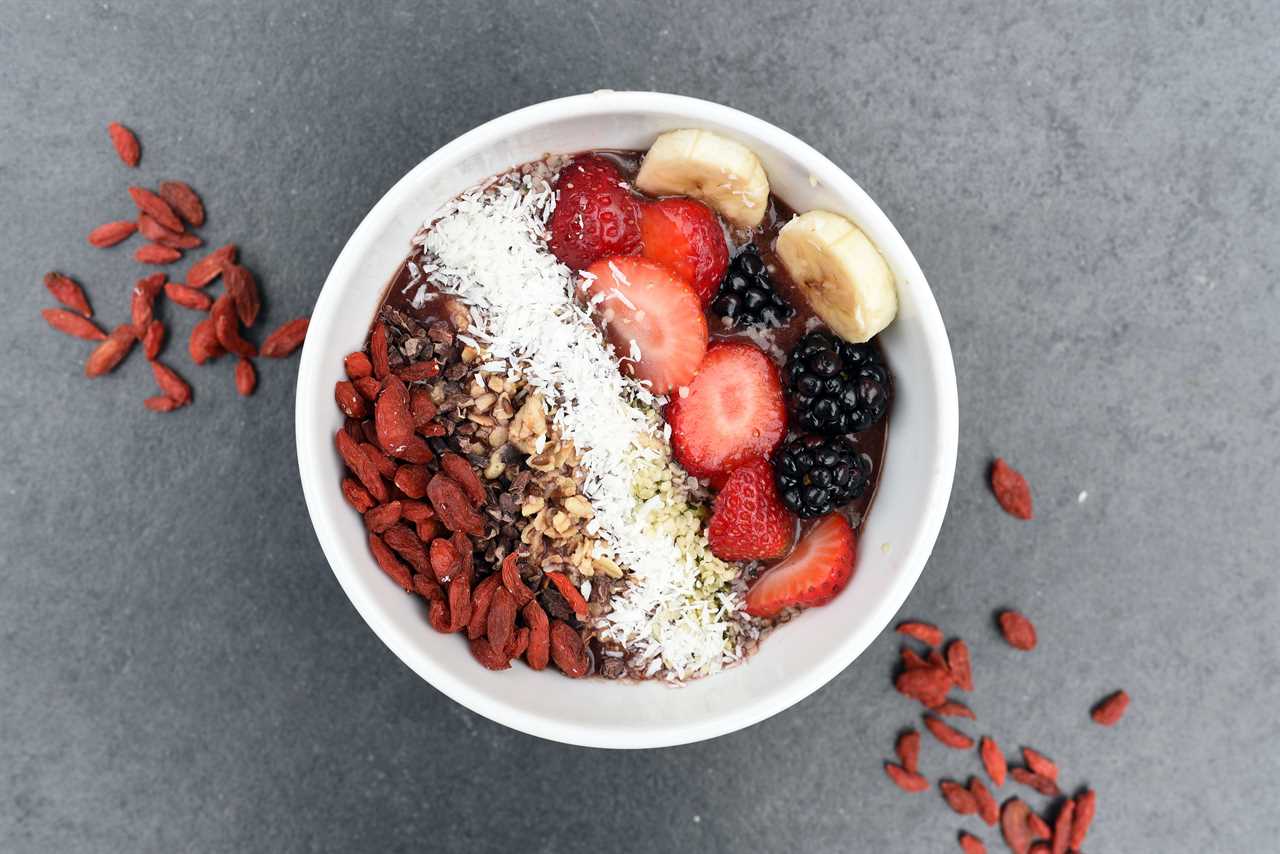
Unleashing Your Creativity Through Flavor Exploration
Unleash your creativity in the kitchen by experimenting with different flavor combinations and ingredients. Dive into the world of flavor pairing experimentation and discover the endless possibilities that await your taste buds.
With sensory cooking techniques, you can engage all your senses to create unique and tantalizing dishes. Here are some ways to ignite your culinary imagination:
-
Mix Sweet and Savory: Combine unexpected flavors like honey and soy sauce or pineapple and jalapeno for a delightful contrast.
-
Play with Texture: Add crunchy elements like toasted nuts or crispy bacon to creamy dishes for a satisfying mouthfeel.
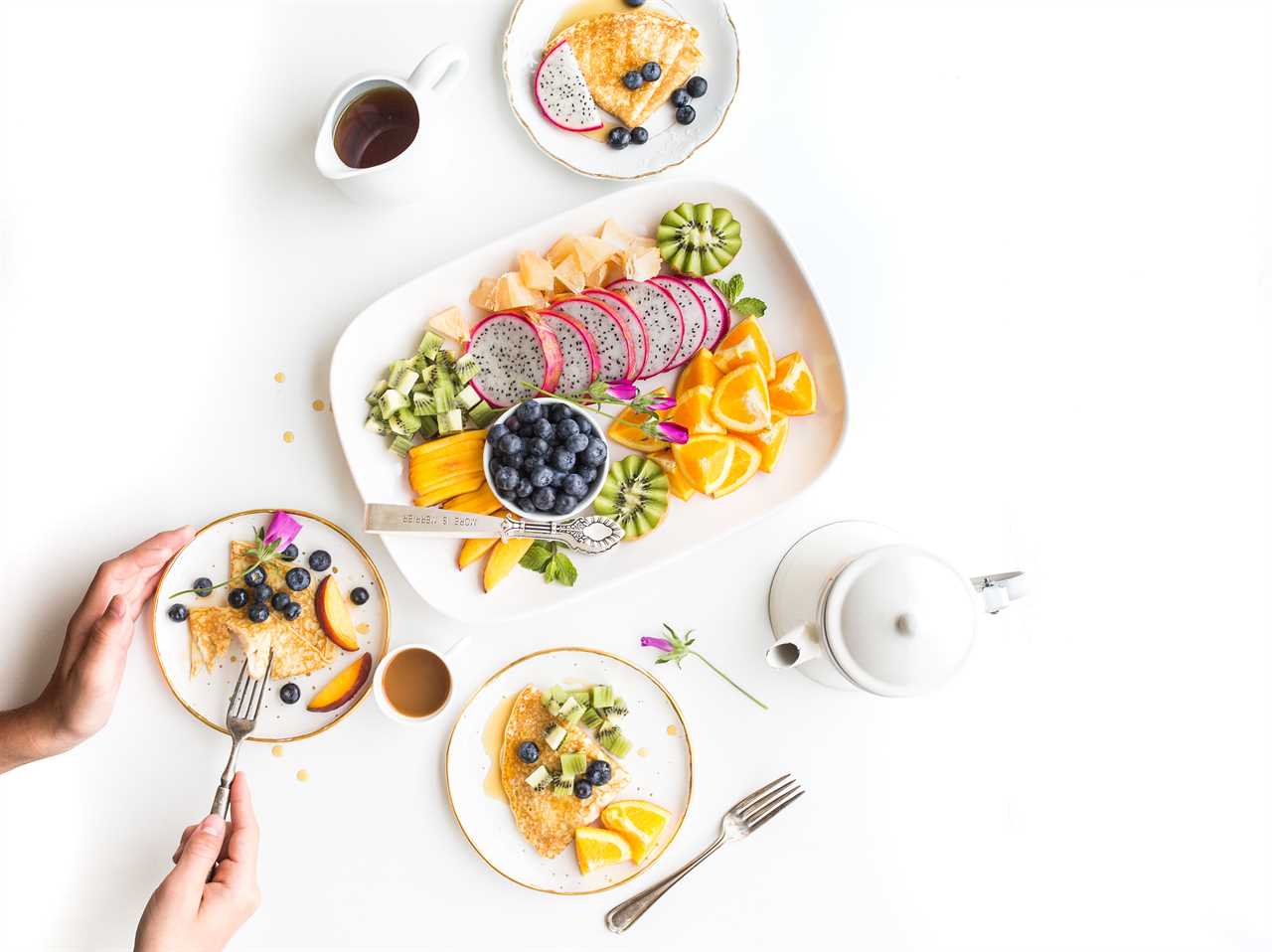
-
Explore Global Cuisines: Take inspiration from different cultures and experiment with spices and herbs from around the world to create exciting flavor profiles.
Let your taste buds be your guide as you embark on a journey of flavor exploration. Embrace the freedom to create and let your culinary genius shine!
The Art of Adapting and Personalizing Recipes
To truly make a recipe your own, start by adapting and personalizing it to suit your unique taste preferences and dietary needs.
Adapting traditional dishes allows you to put your own twist on classic flavors, creating a dish that is truly one-of-a-kind.

Personalizing flavor profiles is all about exploring different combinations of spices, herbs, and seasonings to create a taste that resonates with you.
Whether you prefer bold and spicy or subtle and savory, the freedom to adapt recipes allows you to tailor each dish to your liking.
Don’t be afraid to experiment with ingredients and techniques to create a culinary masterpiece that reflects your individuality.
Time-Saving Hacks for Efficient Meal Preparation
Get a spinny or shifty cutting board by placing a wet paper towel underneath to secure it while you chop and prepare your ingredients. This simple hack will save you time and frustration in the kitchen.
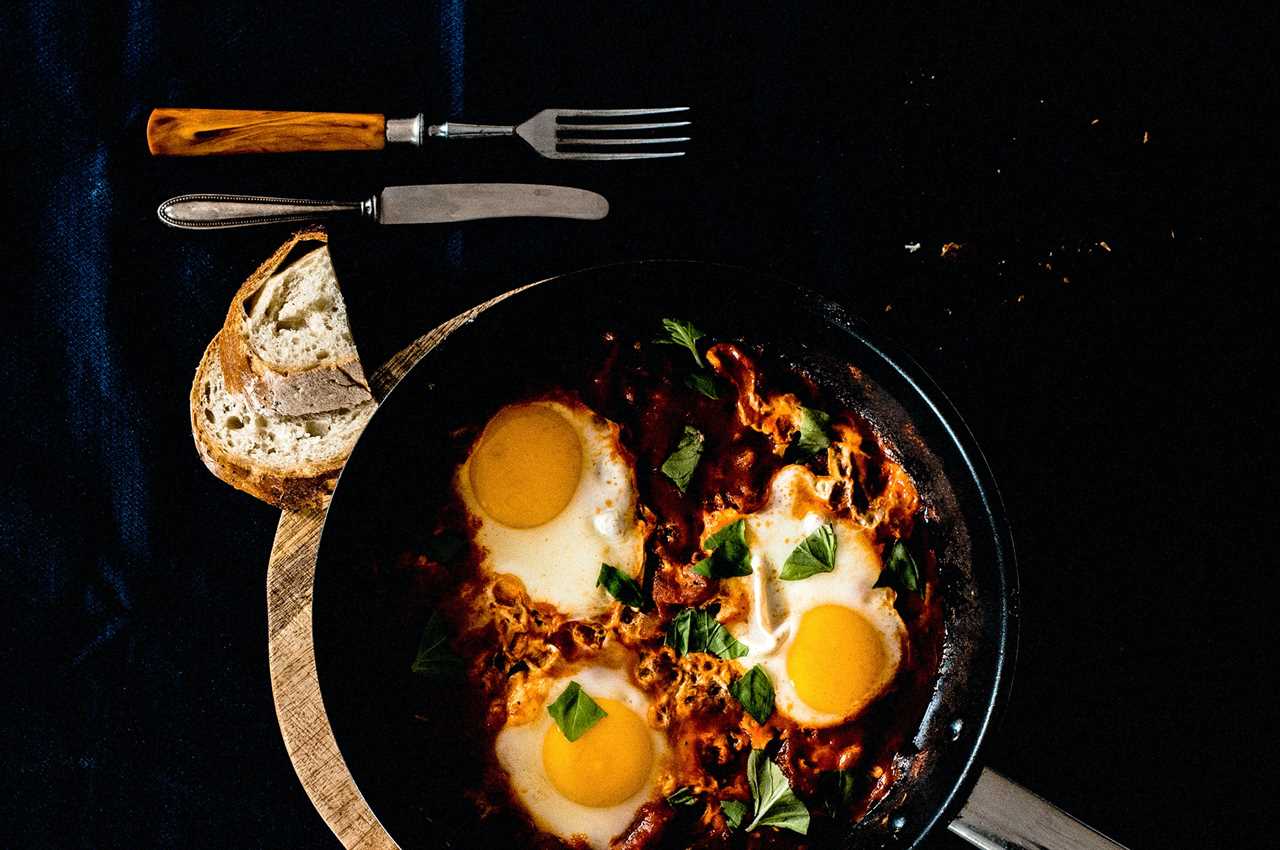
Now, let’s explore some other time-saving hacks for efficient meal preparation:
- Maximize Kitchen Storage Space:
- Use stackable storage containers to save space in your pantry or fridge.
- Invest in a hanging fruit basket or wall-mounted shelves to free up counter space.
- Utilize the space under your cabinets by installing hooks or a magnetic strip for storing utensils and knives.
- Time-Saving Hacks for Grocery Shopping:
- Make a meal plan and create a shopping list to avoid unnecessary trips to the store.
- Shop in bulk and freeze ingredients for future use.
- Use online grocery delivery services to save time and energy.
- Streamline Meal Preparation:
- Prep ingredients in advance, such as chopping vegetables or marinating meat, to save time during cooking.
- Use multi-purpose kitchen tools, like a food processor or Instant Pot, to simplify meal preparation.
- Clean as you go to minimize post-cooking cleanup time.
Essential Techniques for Safe and Controlled Cutting
Now that you’ve learned some time-saving hacks for efficient meal preparation, let’s dive into essential techniques for safe and controlled cutting. When it comes to wielding a knife in the kitchen, safety should always be a top priority.
To ensure you stay safe, it’s crucial to practice proper cutting techniques and maintain your knives.
First, let’s talk about safe cutting techniques. Always hold the knife where the blade and handle meet for better control. Curl your fingers in when chopping and slicing to protect your precious digits. And remember, a sharp knife is safer than a dull one, as it requires less force to cut through ingredients.
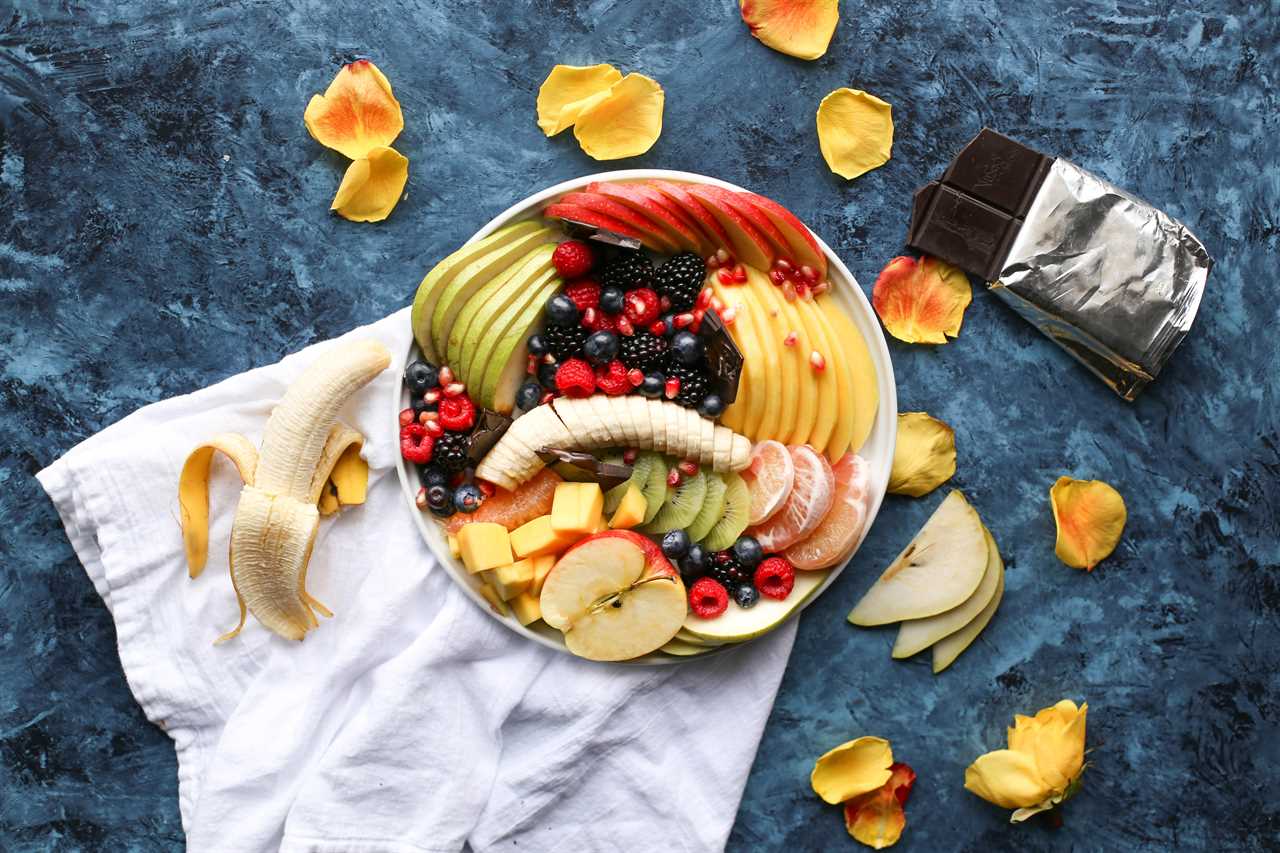
Speaking of sharp knives, knife maintenance is equally important. Regularly sharpening your knives will not only make cutting easier but also prevent accidents caused by dull blades. Additionally, make sure to store your knives in a knife block or on a magnetic strip to keep them in good condition and avoid accidents when reaching for them.
Clever Tricks for Peeling and Prepping Ingredients
When peeling and prepping ingredients, try using a spoon to easily peel ginger. This simple peeling hack can save you time and frustration in the kitchen.
Here are some quick prep techniques and clever tricks for peeling and prepping ingredients that will make your cooking experience even more enjoyable:
-
Use a spoon to peel ginger: Instead of struggling with a knife, use the edge of a spoon to scrape off the ginger skin effortlessly.
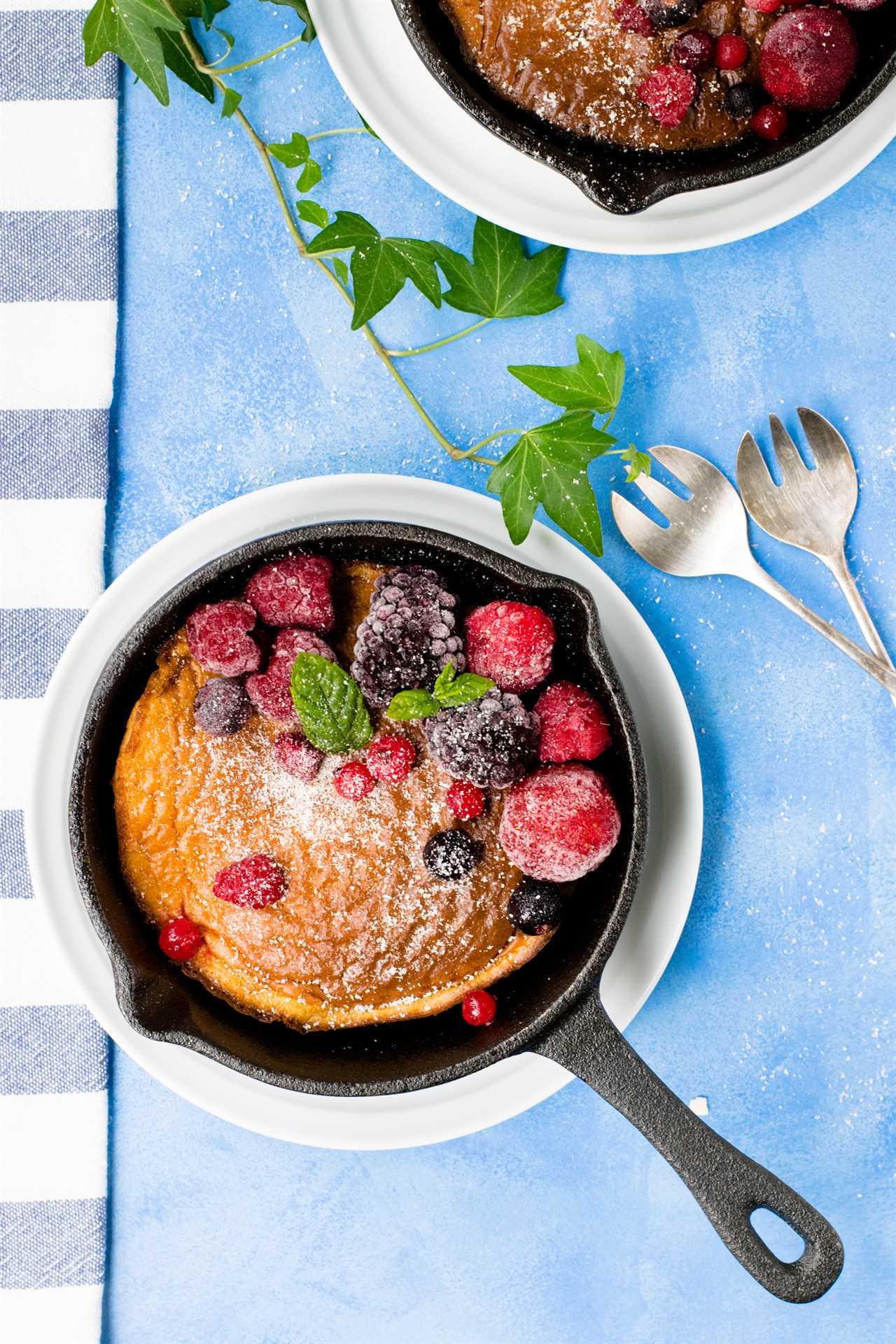
-
Microwave garlic for easy peeling: Place the garlic cloves in the microwave for 10 seconds and watch the skins loosen, making them easier to peel.
-
Freeze onions before chopping: Pop an onion in the freezer for 15 minutes before chopping to reduce the tears and make slicing a breeze.
These peeling hacks and quick prep techniques will help you save time and effort in the kitchen, giving you the freedom to enjoy the cooking process and create delicious meals with ease.
Seasoning Secrets to Elevate Your Dishes
Enhance the flavors of your dishes by properly seasoning them with a pinch of salt. Seasoning is the key to unlocking the full potential of your ingredients and creating a harmonious balance of flavors.
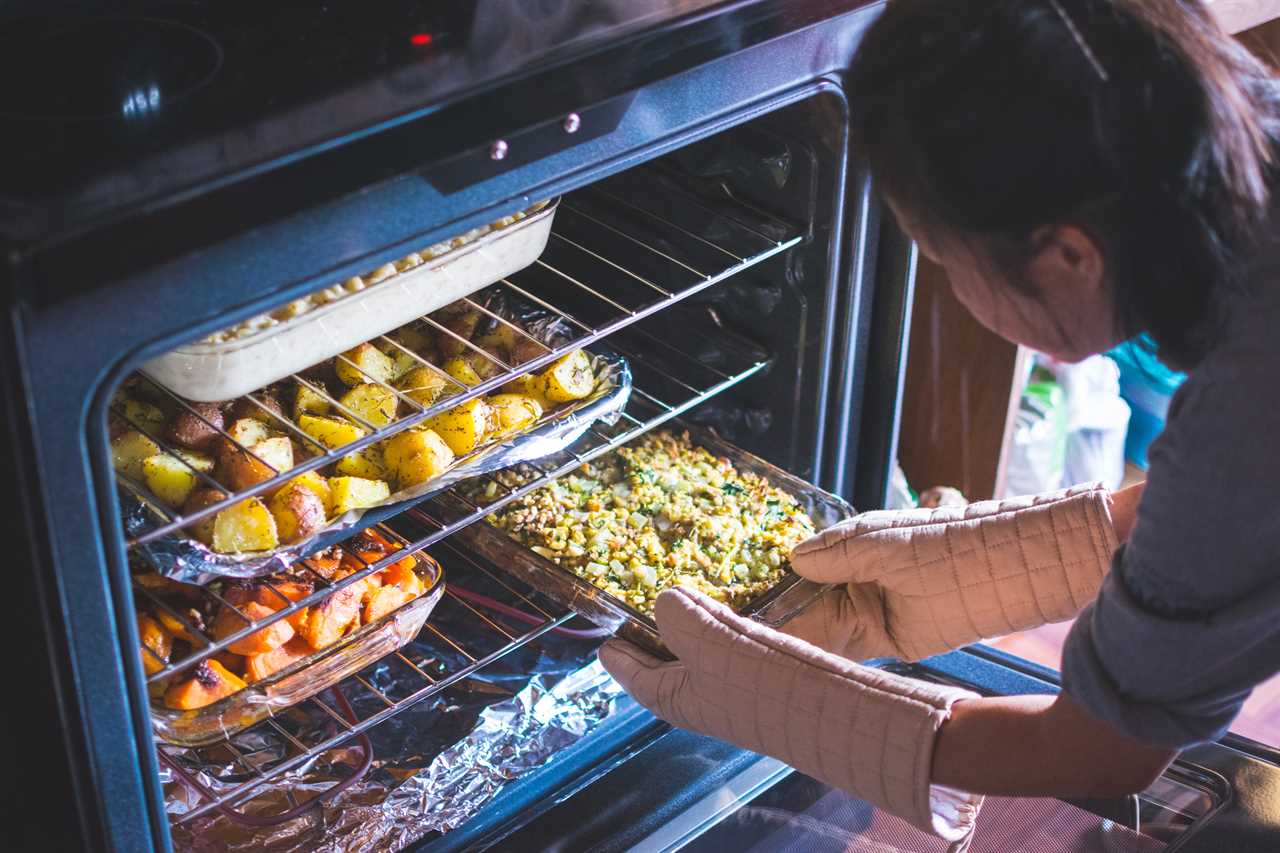
But don’t stop at just salt – explore the umami flavors that herbs and spices can bring to your cooking. The magic of herbs and spices lies in their ability to elevate the taste and aroma of your dishes.
Sprinkle some fresh basil on your pasta, add a dash of cumin to your roasted vegetables, or experiment with the complex flavors of cardamom in your desserts. The possibilities are endless.
Unconventional Pairings and Ingredients for Bold Flavors
Try combining unexpected ingredients like chocolate and chili peppers to create bold and unique flavors in your dishes. Unusual spice combinations and surprising ingredient pairings can take your cooking to the next level. Here are three exciting ideas to inspire your culinary adventures:
-
Sweet and Spicy: Mix cinnamon and cayenne pepper to add a kick to your desserts. The warmth of cinnamon complements the heat of cayenne, resulting in a tantalizing flavor profile that will surprise your taste buds.

-
Savory and Sweet: Experiment with adding bacon to your sweet treats. The smoky, salty flavor of bacon pairs unexpectedly well with the sweetness of chocolate or caramel, creating a delightful balance of flavors.
-
Fresh and Fiery: Combine fresh herbs like basil or mint with jalapeno peppers to add a burst of freshness and heat to your dishes. The coolness of the herbs contrasts beautifully with the spiciness of the peppers, creating a dynamic and vibrant flavor combination.
Don’t be afraid to think outside the box and embrace the freedom to create unique and memorable dishes by trying these unusual spice combinations and surprising ingredient pairings.
Frequently Asked Questions
How Can I Develop My Intuition in Cooking and Rely Less on Following Recipes?
To develop your intuition in cooking and rely less on following recipes, start by embracing your creativity. Experiment with flavors and ingredients, and don’t be afraid to adapt and modify recipes based on your preferences.
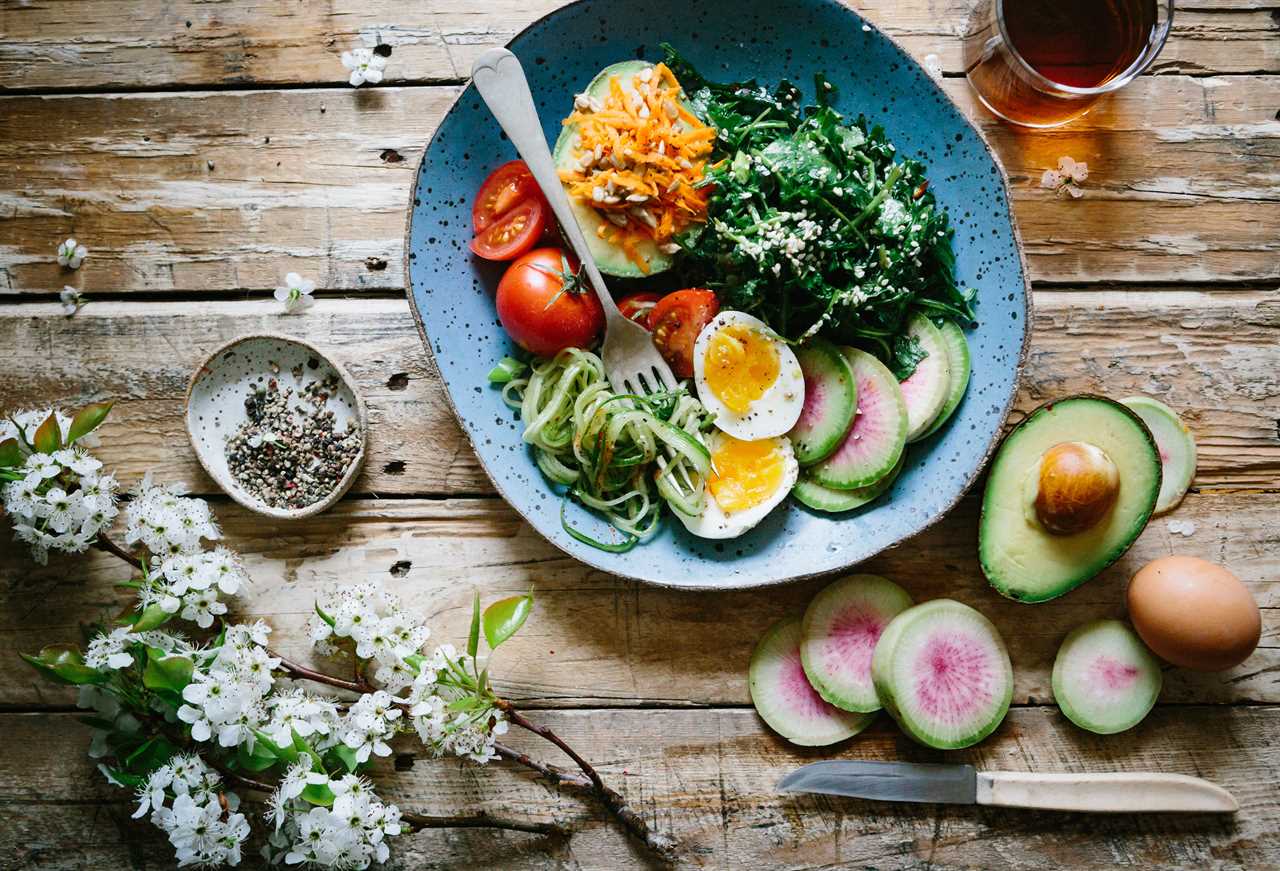
Trust your senses and learn to cook with intuition. Understand the science of cooking to expand your knowledge and elevate your skills.
What Are Some Common Misconceptions About the Science of Cooking?
Common cooking myths can often mislead and limit your culinary potential. Debunking these misconceptions is essential for expanding your cooking knowledge.
By understanding the science of cooking, you can experiment with flavors and ingredients, adapting recipes to suit your preferences. Preheating your pan before adding oil, for example, ensures better heat distribution and prevents sticking.
Remember, browning butter adds depth to your dishes, and pairing cinnamon with chicken creates a delightful combination.
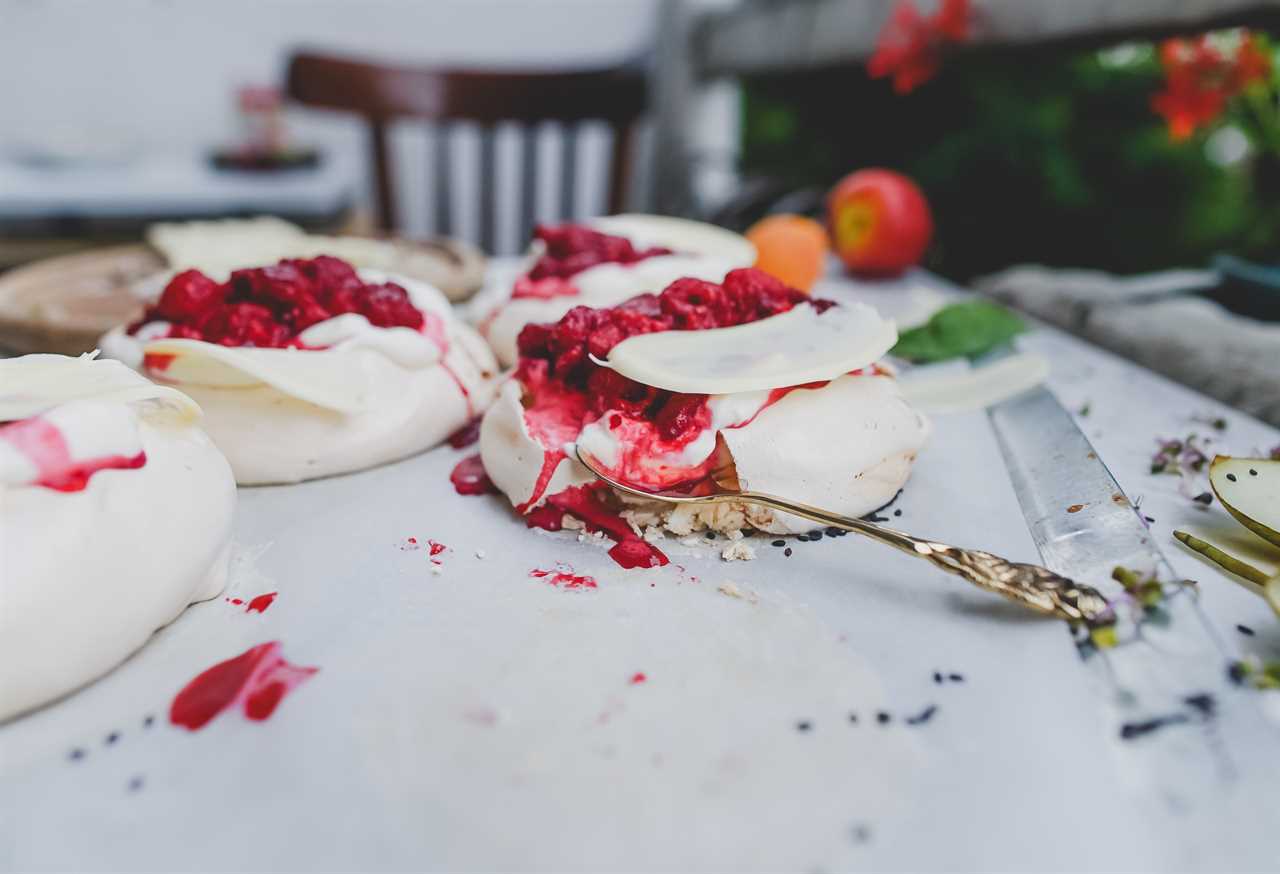
Embrace the freedom to explore and break free from these common misconceptions.
How Can I Explore New Flavors and Ingredients Without Being Overwhelmed?
To explore new flavors and ingredients without feeling overwhelmed, start by being open-minded and adventurous. Try combining unexpected flavors like cinnamon with chicken or adding espresso powder to chocolate recipes.
Experiment with different spices, herbs, and seasonings to create unique taste profiles. Don’t be afraid to step out of your comfort zone and try new foods. Embrace the freedom to make mistakes and learn from them.
With these tips for adventurous eating, you’ll discover a whole new world of culinary delights.

Can I Modify a Recipe to Fit Dietary Restrictions or Personal Preferences? if So, How?
Yes, you can definitely modify a recipe to fit your dietary restrictions or personal preferences! It’s all about adapting and making it your own.
You have the freedom to swap ingredients, adjust measurements, or even try out different cooking methods. Don’t be afraid to experiment and get creative in the kitchen.
Are There Any Other Time-Saving Cooking Hacks That Aren’t Mentioned in the Article?
Looking for more time-saving tips in the kitchen? Well, there are plenty of hacks that can make your cooking experience a breeze.
From kitchen organization to quick prep techniques, there are countless ways to save time in the kitchen.

Whether it’s using a slow cooker to effortlessly cook meals or prepping ingredients in advance, these tips will make your life easier.

